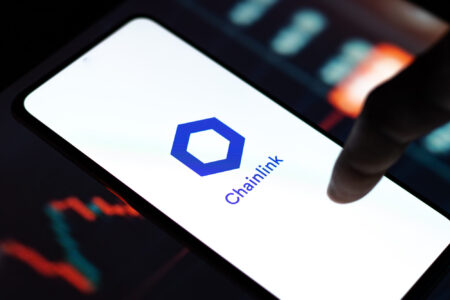What happened this week in the world of blockchain and cryptocurrencies? The most relevant local and international events, along with engaging background reports, concisely summarized in the weekly review.
Selected articles of the week:
All the major polls in the US suggested a close race between Trump and Harris. On the blockchain-based prediction market Polymarket, with a betting volume of $3.5 billion for the elections, the Republican had long since taken the lead. The final results from Wednesday confirm the clear victory. As the first Republican in 20 years, Trump won the ‘Popular Vote’ in addition to the votes of the electoral college – over 50% of US voters are satisfied with the result. Thanks to the crypto-friendly agenda, the price of Bitcoin shot up to new all-time highs. Of course, investors should not take every word of a presidential candidate at face value. As a rule, politicians exaggerate their promises to win over voters. Nonetheless, Trump’s victory is likely to mean a much friendlier environment for Bitcoin and especially for alternative cryptocurrencies (‘altcoins’).
The first media outlets confirm a clear victory for Donald Trump, propelling Bitcoin’s price to a new all-time high.
Swiss banks team up with Chainlink
Chainlink, the leading decentralized oracle network, has launched a project to address the problem of automating and standardising corporate data such as mergers, dividends and stock splits. By integrating AI and blockchain, operational inefficiencies that currently cost companies millions of dollars a year due to errors and manual data processing could be significantly reduced. UBS, Vontobel, Franklin Templeton and other financial institutions are involved in the project.
Chainlink’s “Golden Record” optimizes corporate data via AI and blockchain, used by the likes of Franklin Templeton, UBS and Vontobel.
Fiat currencies on the blockchain
Stablecoins are cryptocurrencies that are designed to retain a stable value and are usually pegged 1:1 to a commodity such as gold or a fiat currency such as the US dollar. This makes them ideal for everyday transactions and transfers. Various mechanisms can be used in the background to maintain this peg. The most popular and proven method involves a third party holding cash equivalents as collateral. More recent methods using smart contracts promise increased decentralisation. An overview of the current market leaders.
Stablecoins have swiftly become the backbone of the crypto world, driving 50% of all on-chain activity – a thorough overview.
The quantum risk
In addition: Today’s quantum computers can process data in 200 seconds, a task that would take the fastest supercomputers 10,000 years. Although the world would benefit greatly from this technology, quantum computing poses a potential threat to the security of the blockchain. A powerful quantum computer could potentially crack the encryption mechanism of leading networks such as Bitcoin. However, the proactive development of quantum-resistant solutions by the blockchain community offers a positive outlook.
Although the world would greatly benefit from the technology, quantum computing poses a serious threat to Bitcoin and blockchain security.








